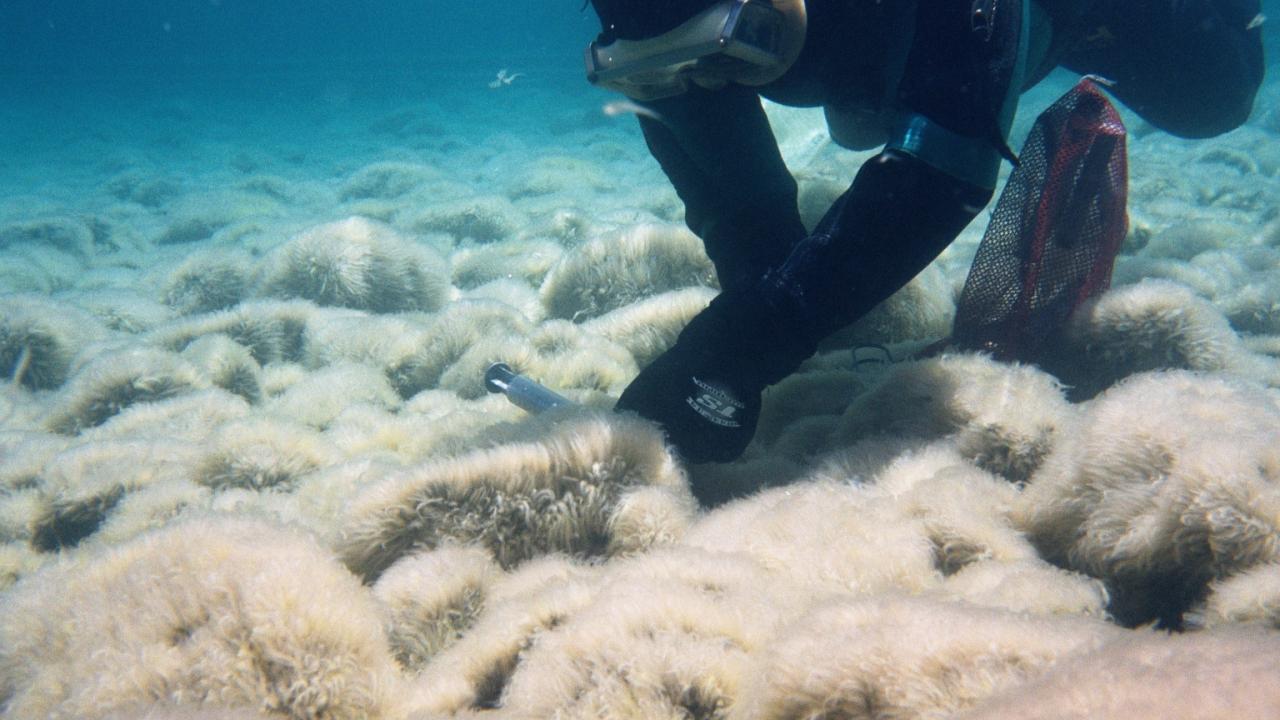Algae Blooms at Lake Tahoe: TERC, Tech, and You
Warning: end() expects parameter 1 to be array, null given in /dev.gotahoenorth.com/htdocs/wp-content/themes/gtn20/single-nlt_events.php on line 178
- Sunnyside Restaurant and Lodge
- Website

Science Speaker Series
Algae or phytoplankton are a naturally occurring simple plant that makes up the base of Tahoe’s (and any lake’s) aquatic food web. Recently, there has been a shift in Tahoe’s algae composition with cyanobacteria dominating algae collected from mid-lake. Though cyanobacteria are a normal part of most lakes’ algae, under some circumstances, they can form harmful blooms that are toxic. High abundance or harmful algal blooms (HABs) of cyanobacteria can be toxic to humans and animals.
The initial thinking is that this shift may be from wildfire smoke inputs from the Caldor fire and has resulted in the closures of a few popular Tahoe beaches for the last two summers. To better analyze this shift and to create a more predictive and responsive program, UC Davis TERC has recently been working on growing its Nearshore Monitoring Network to utilize drones, helicopter aerial surveys, and other new technologies to create an extremely comprehensive algae monitoring and detection program.
Concurrently, at Clear Lake, a lake with consistent HABs, TERC is working to refine algal monitoring using remote sensing satellites, AUVs, drones, and ground truthing water sampling work to measure cyanobacteria blooms in new ways.
Throughout this ongoing research, TERC also seeks to crowd-source data from the Citizen Science Tahoe web app. Through Citizen Science, TERC engages visitors and residents with the research and technology used to monitor the growing algae issue at Lake Tahoe and seeks to create a more resilient community through education and outreach.
In this unique Science Speaker Series, we have a panel of three TERC experts. Staff Research Associate, Brandon Berry who is consistently out in the field, in the water doing first person monitoring of the algae plaguing the nearshore of Lake Tahoe. PhD candidate Samantha Sharp in her last year of research looking at novel methods for detecting cyanobacteria in lakes using new satellite remote sensing technology. Finally, Education and Outreach Director Heather Segale will provide opportunities for anyone to get involved and explain how to easily make observations that contribute to the science of TERC.
